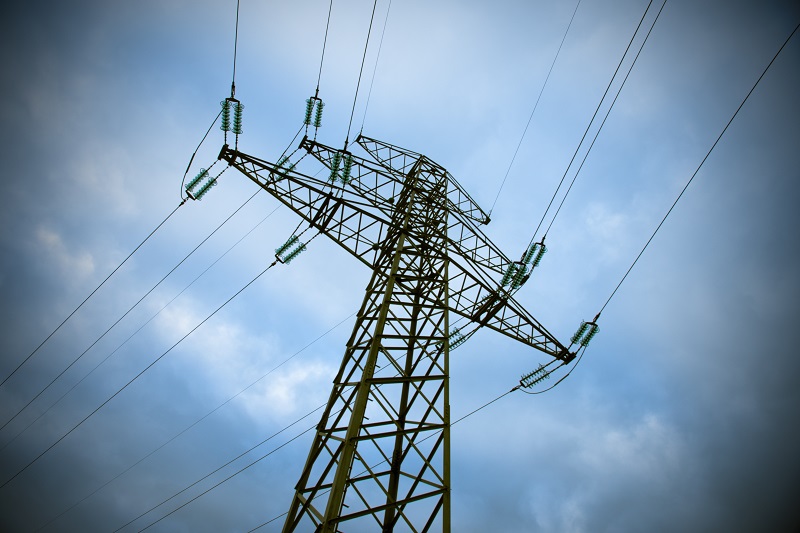Over the past few years, New York State has emerged as a leading region in the adoption of commercial UAV technology. In April of this year, the FAA granted the Oneida County UAS Test Site the authority to operate large drones throughout its 50-mile flight corridor from Rome, NY to Syracuse, NY. This announcement came just a few months after a group of American and Canadian companies and organizations agreed to create an electric Advanced Air Mobility (AAM) corridor between the province of Québec and Syracuse Hancock International Airport.
More recently, the New York City Police Department began testing UAVs for broadcasting public safety and emergency messages, the New York State Park Police deployed drones to monitor dangerous shark activity off ocean beaches, and New York City Mayor Eric Adams presented a new set of rules making it easier for businesses to operate drones within city limits.
In July, the state once again demonstrated its commitment to uncrewed systems with the announcement that the New York Power Authority (NYPA) approved the first phase of funding for a $37.2 million drone program for utility inspections. Under the five-year plan, NYPA, the nation’s largest state utility, will expand and formalize its use of robotics to enhance safety, improve efficiency, reduce costs, and advance clean energy initiatives.
Peter Kalaitzidis, the Power Authority’s Robotics Program Manager, told Commercial UAV News that the program “seeks to enhance the existing inspection program through the integration of advanced unmanned systems technology.”
Drones and autonomous vehicles, he said, “offer the capability to conduct inspections with increased precision, efficiency, and reduced human intervention. This enhancement can translate into improved safety by minimizing the need for personnel to perform inspections, especially in hazardous energized environments directly.”
While the initiative will use drones to potentially reduce costs and improve data accuracy, Kalaitzidis said that the primary focus will be on safety and efficiency. “The program centers around minimizing the exposure of personnel to hazardous energized environments,” he explained. “By leveraging unmanned systems, inspections can be conducted remotely, and in some cases eliminate the need for individuals to physically enter dangerous areas. This approach not only protects the safety of personnel but can help reduce the risk of accidents and potential injuries.”
Additionally, he asserted, “the ROI derived from mission photos lies in their value as a repository of data that can be revisited to address future issues. This reusability significantly contributes to the program's return on investment, as the data collected during one mission can inform decisions and solutions for various scenarios in the future.”
Regarding New York State's emerging leadership position in the adoption of uncrewed systems, Kalaitzidis said, “New York has proactively positioned itself as a tech hub, fostering an environment conducive to innovation and technology adoption. Collaborative efforts between entities like Oneida County and NUAIR have played a pivotal role by providing platforms for testing, research, and development. This collaborative approach has attracted both established and emerging companies, enabling New York State to showcase its expertise in various sectors, including cargo delivery, transportation, public safety, and utilities.”
In addition to collaboration between public and private entities, Kalaitzidis believes that increased acceptance of the technology has been critical to the expanded adoption of these systems. “The acceptance of unmanned systems technology in both the public and private sectors is on a positive trajectory,” he stated. “The presence of numerous drone companies within New York State and the influx of new entrants testing at NUAIR and Oneida County underscores the increasing interest and adoption. Organizations like ours are discovering the real viability of these systems, particularly in addressing challenges related to safety, efficiency, and data accuracy.”





.jpg.small.400x400.jpg)









Comments